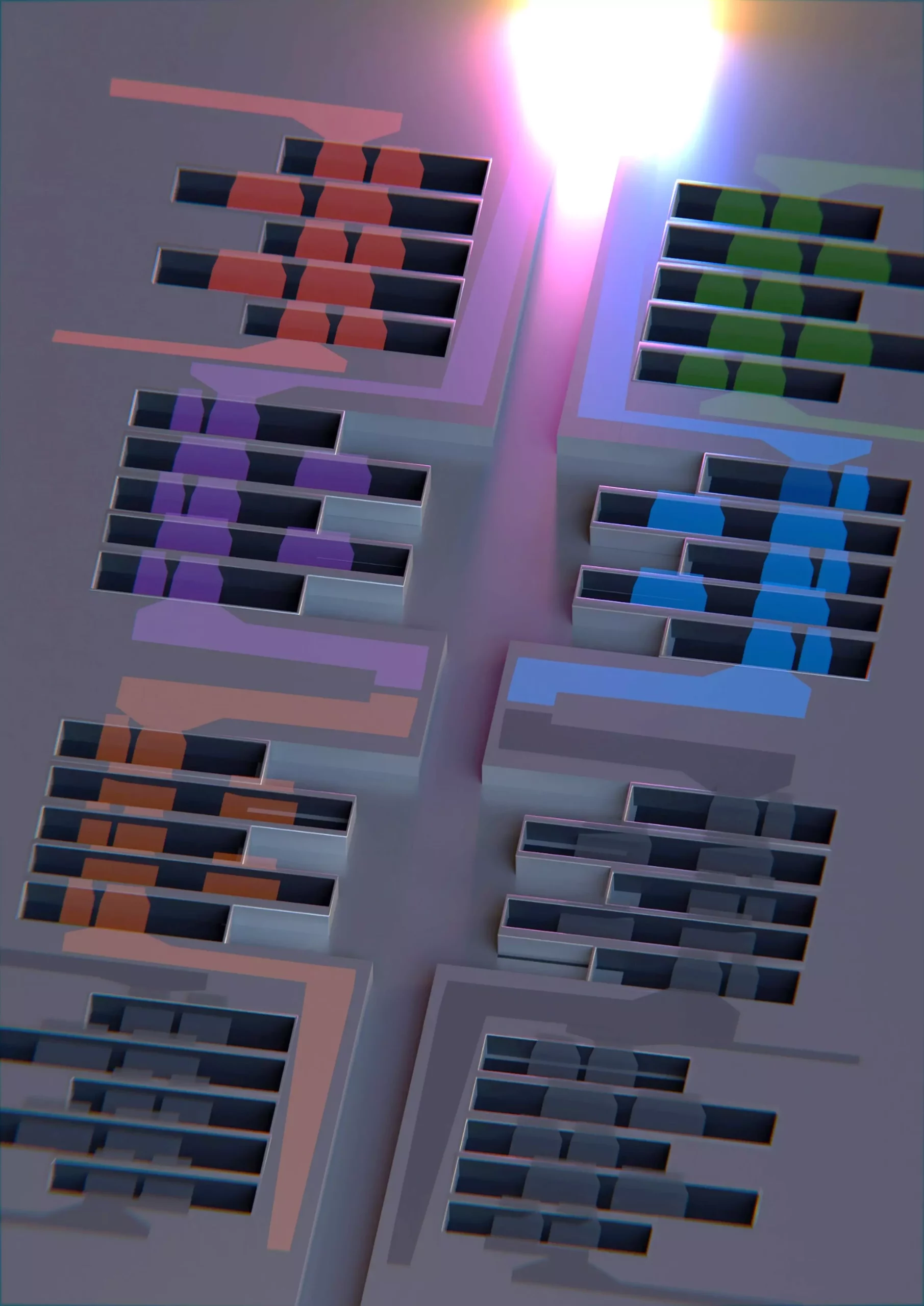Recently, scientists at the University of Florida have made a groundbreaking discovery in the field of wireless communication. By utilizing semiconductor technology, they have developed a method to manufacture processors that can significantly enhance the efficiency of transmitting vast amounts of data across the globe. The innovation, highlighted in the prestigious journal Nature Electronics, has the potential to revolutionize the landscape of wireless communication at a time when the demand for data transmission is rapidly increasing due to advances in AI.
Traditionally, wireless communication has relied on planar processors, which are limited by their two-dimensional structure and can only operate within a restricted portion of the electromagnetic spectrum. The team at UF has taken a significant leap forward by pioneering the use of three-dimensional processors. This transition marks a new era of compactness and efficiency in data transmission, propelling wireless communication into a new dimension both literally and figuratively.
Dr. Roozbeh Tabrizian, an associate professor at UF’s Department of Electrical and Computer Engineering and the mastermind behind the three-dimensional processor, emphasized the importance of this breakthrough. He believes that enhancing data transmission efficiency will unlock numerous possibilities and drive advancements in various sectors such as smart cities, remote healthcare, and augmented reality. With the world increasingly relying on seamless connectivity and real-time data exchange, the ability to transmit data more efficiently and reliably will be crucial.
As the demand for data transmission continues to rise with the advent of AI and autonomous devices, the existing infrastructure poses limitations. The planar structure of processors, which confines operations to a narrow range of frequencies, is no longer practical. To meet the growing demand, a more sophisticated approach is needed to navigate the data across various frequencies effectively. Dr. Tabrizian likened this challenge to managing traffic flow in a city and emphasized the need for more advanced filters or spectral processors.
The team at UF leverages CMOS technology, a complementary metal-oxide-semiconductor fabrication process, to construct the three-dimensional nanomechanical resonator. By harnessing the strengths of semiconductor technologies in integration, routing, and packaging, they can incorporate different frequency-dependent processors on a single chip. This integration not only saves physical space but also enhances performance and scalability, allowing the processors to adapt to evolving demands seamlessly.
The introduction of three-dimensional processors that integrate multiple frequencies on a monolithic chip is a significant breakthrough in the field of wireless communication. This innovative approach enables designers to imagine entirely new communication strategies in a congested wireless environment. With wireless devices operating more efficiently, faster, and securely, this new technology promises a brighter future for wireless communication.
The pioneering work of Dr. Tabrizian and his team at the University of Florida marks a pivotal moment in the evolution of wireless communication. By revolutionizing data transmission with semiconductor technology and transitioning to three-dimensional processors, they have set the stage for a new era of connectivity and efficiency in wireless communication. This breakthrough has the potential to transform how we exchange information, opening doors to new opportunities and driving innovation across various sectors.


Leave a Reply